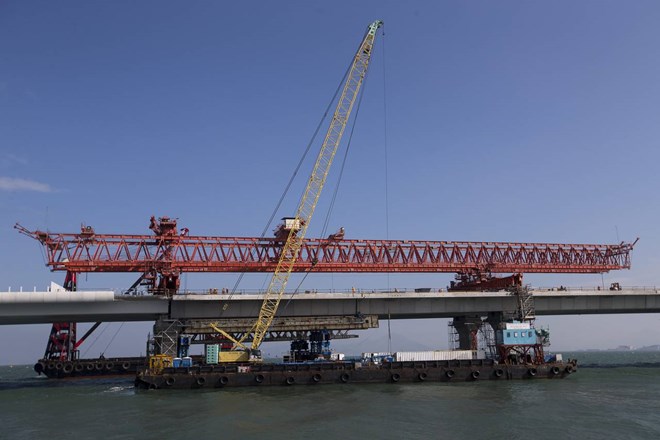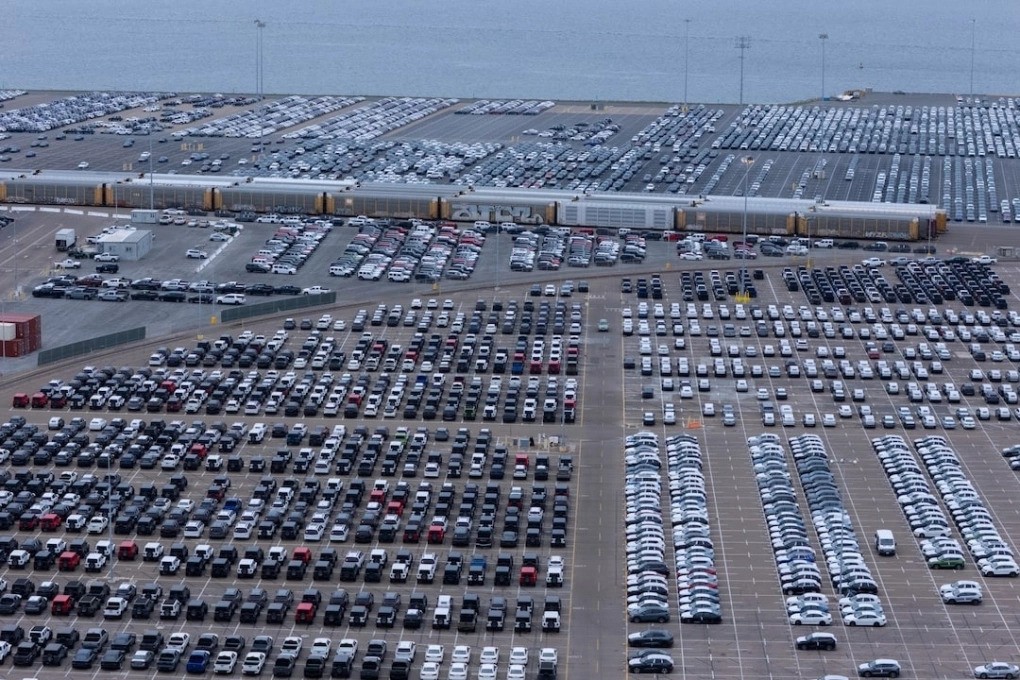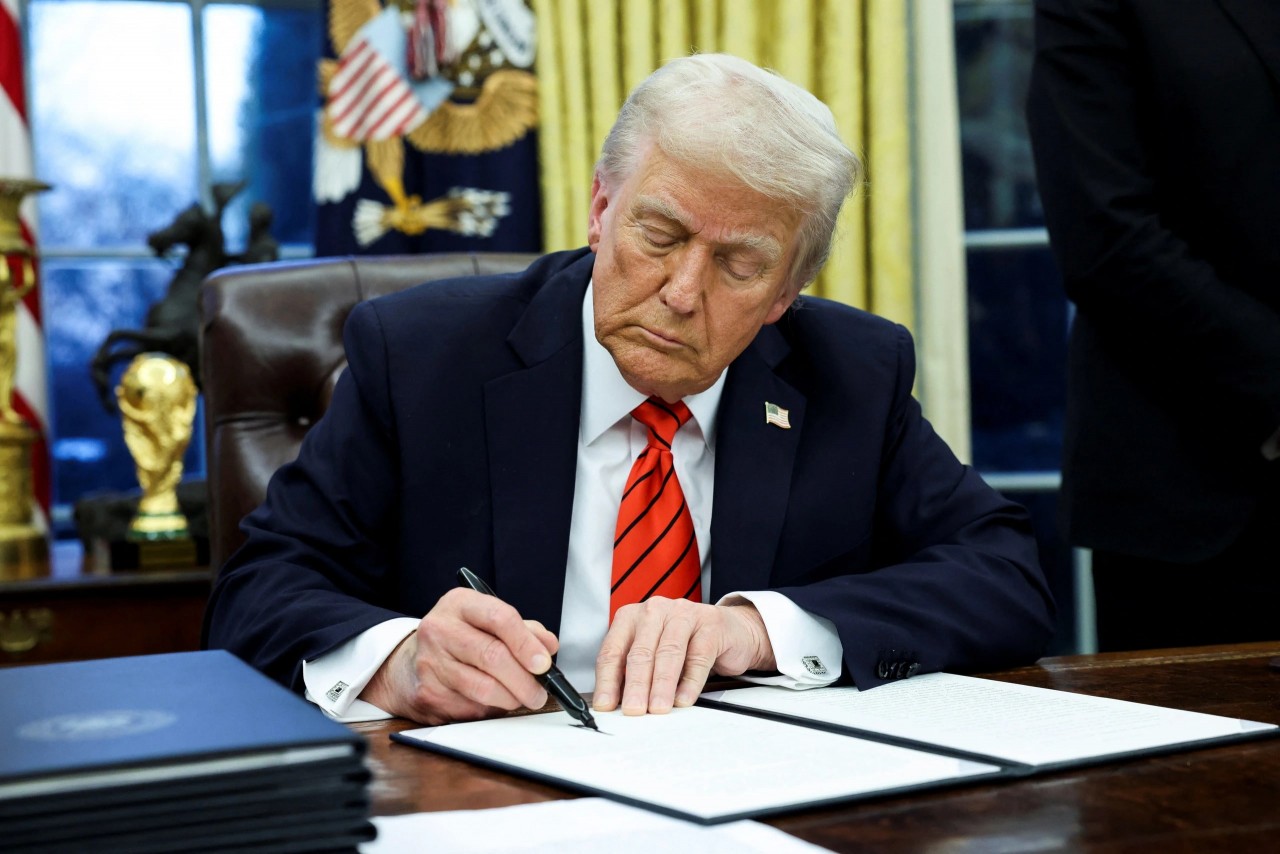Asia to need USD 1.7 trillion per year for developing infrastructure , ADB
Asia and the Pacific will need 1.7 trillion USD per year from now to 2030 for developing infrastructure, including climate change mitigation and adaptation costs, the Asian Development Bank (ADB) said in a new flag ship report released on February 28 in Manila.

The Hong Kong-Zhuhai-Macau Bridge under construction. (Photo: European Pressphoto Agency)
The investment is necessary for the region to maintain growth momentum, according to the Meeting Asia’s Infrastructure Needs report, which focuses on the region’s power, transport, telecommunications, and water and sanitation infrastructure. It comprehensively examines current infrastructure stocks and investments, future investment needs, and financing mechanisms for developing Asia.
“The demand for infrastructure across Asia and the Pacific far outstrips current supply,” said ADB President Takehiko Nakao. “Asia needs new and upgraded infrastructure that will set the standard for quality, encourage economic growth, and respond to the pressing global challenge that is climate change.”
The report noted that while infrastructure development in the 45 countries covered in the report has grown dramatically in recent decades, a substantial infrastructure gap remains, with over 400 million people still lacking electricity, 300 million without access to safe drinking water, and about 1.5 billion lacking access to basic sanitation. Many economies in the region lack adequate ports, railways, and roads that could connect them efficiently to larger domestic and global markets.
Recommended
 World
World
BIMSTEC Summit 2025: India’s Visionary Leadership Paves the Way for Regional Integration
 World
World
US President Donald Trump: Reciprocal Tariffs Will Target All Countries
 World
World
Negotiation Over Confrontation: Countries Taking Cautious Approach to US Tariffs
 World
World
International Community Extends Support to Myanmar and Thailand Over Earthquake
 World
World
Trump’s 25% Tariff: "Seismic Shock" to Global Auto Industry
 World
World
EU Will "Fight Fire with Fire" in Trade War with US?
 World
World
Understanding Trump's Tariffs in Five Charts
 World
World
